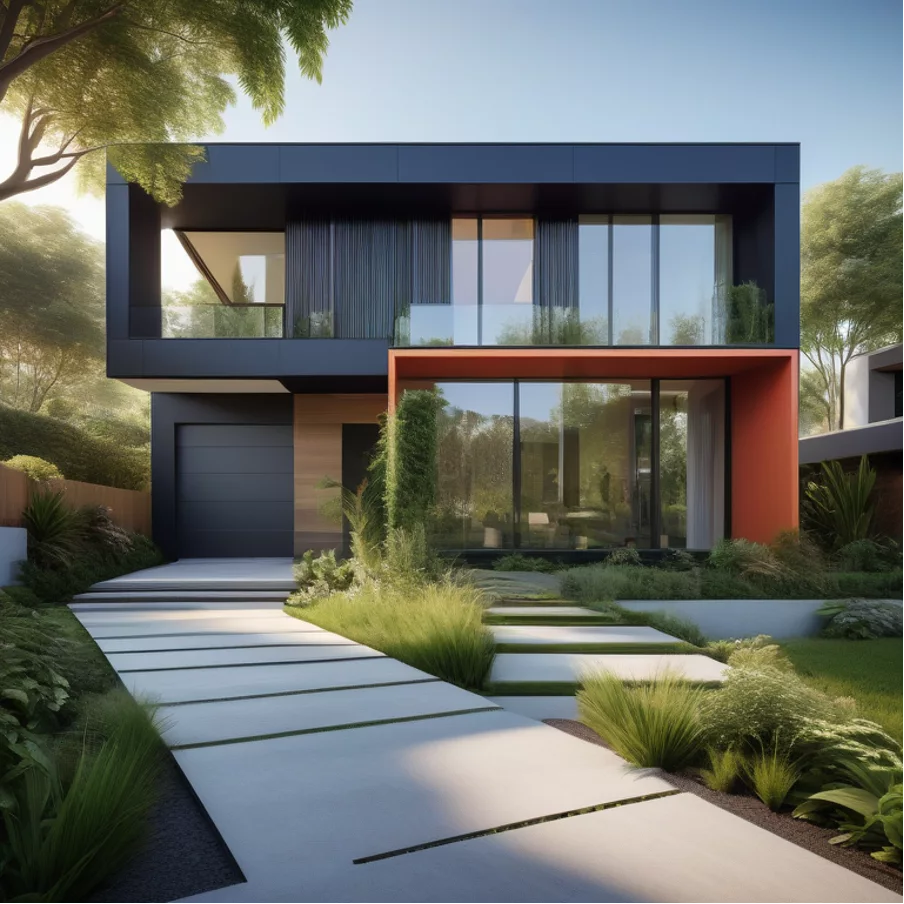Table of Contents
ToggleKey Highlights
- Professional 3D rendering and animation services for property developers
- Photistic 3D renders that bring architectural designs to life
- Enhancing communication with investors and clients through visualizations
- Increasing marketability with photorealistic visuals
- Reducing costs and time in the design phase with 3D renders
- Various types of 3D rendering services for property development
Introduction
In today’s competitive real estate market, property developers are constantly looking for innovative ways to stand out from the crowd. One of the most effective tools they can utilize is 3D rendering. 3D rendering is the process of creating realistic and immersive visualizations of architectural designs.
With high quality 3D renders, property developers can bring their designs to life and showcase them in a way that captivates potential buyers and investors. These services offer realistic architectural visualisation that are indistinguishable from real photography, allowing customers to visualize themselves in their future homes or properties.
By harnessing the power of high quality 3D renders, property developers can effectively communicate their vision to investors and clients. Realistic architectural visualisations provide a clear understanding of the design concept, helping to build trust and confidence in the project.
Additionally, 3D renders enhances the marketability of properties. Photorealistic visuals create a strong emotional impact on potential buyers, making them more likely to engage with the property. These visuals can be used in marketing materials such as brochures, websites, and social media, attracting a wider audience and increasing the chances of a successful sale.
Moreover, 3D rendering services offer a cost-effective and time-efficient solution for property developers. By utilizing virtual environments, developers can identify design flaws and make changes before construction begins, reducing costly revisions during the actual building phase. This streamlines the design process and ultimately saves time and resources.
The Evolution of 3D Rendering in Real Estate Development
The use of 3D rendering in real estate development has come a long way, thanks to advancements in technology. In the past, developers relied heavily on blueprints and 2D drawings to convey their design concepts. However, these traditional methods often failed to fully capture the essence of the project. With the introduction of virtual reality and realistic architectural visualisation, developers can now provide a more immersive and realistic experience for potential buyers. Virtual reality allows users to virtually walk through a property, giving them a firsthand experience of the space. Architectural renderings, on the other hand, provide detailed and accurate visualizations of the design, allowing developers to showcase every aspect of the project.
From Blueprint to Virtual Reality: A Brief History
The journey from blueprint to virtual reality has revolutionized the way real estate projects are presented. In the past, blueprints and 2D drawings were the primary tools used by developers to convey their design concepts. While these methods provided a basic understanding of the project, they often lacked the visual impact needed to truly engage potential buyers.
The advent of virtual reality has changed the game for property developers. Virtual reality technology allows users to immerse themselves in a virtual environment and explore every detail of a property. This immersive experience provides a more realistic understanding of the space, allowing buyers to make more informed decisions.
High quality 3D rendering have also played a significant role in enhancing the visual representation of real estate projects. These highly detailed visualizations provide a realistic depiction of the design, allowing developers to showcase the potential of the property. With the combination of virtual reality (VR) and realistic architectural visualisation, property developers can now offer a truly immersive and engaging experience to potential buyers, making it the best way to attract the attention of potential customers and create the motivation to purchase.

How Modern 3D Rendering is Changing the Game for Developers
Modern 3D rendering has transformed the way developers present their designs and market their properties. With the advancement of technology, developers can now create highly realistic and immersive visualizations that bring their designs to life.
One of the main advantages of high quality 3D rendering is its ability to effectively communicate design concepts to investors and clients. Visualizations provide a clear understanding of the space, allowing stakeholders to visualize the end result and make informed decisions. This enhances communication and collaboration throughout the development process.
In addition, 3D rendering significantly improves the marketability of properties. Photorealistic visuals create an emotional connection with potential buyers, allowing them to envision themselves in the space. These visuals can be used in marketing materials to showcase the property’s unique features and attract a wider audience.
Furthermore, high quality 3D rendering allows developers to identify design flaws and make necessary changes before construction begins. This reduces costly revisions and ensures that the final product meets the client’s expectations. It also saves time and resources in the design phase, resulting in a more efficient and streamlined development process.
What are the benefits of using high quality 3D rendering?
High quality 3D rendering offers realistic visualizations, enhances design accuracy, saves time and costs in prototyping, boosts marketing efforts with compelling visuals, allows for easy modifications, and helps in making informed decisions before actual production.

Key Benefits of 3D Architectural Visualization for Developers
Realistic architectural visualisation offers numerous benefits for developers, revolutionizing the way properties are marketed and designed. The key benefits include:
Enhancing Communication with Investors and Clients:
- Realistic architectural visualisation provides a clear understanding of the design concept, fostering effective communication and collaboration.
Increasing Marketability with Photorealistic Visuals:
- High quality 3D rendering creates an emotional connection with potential buyers, increasing the chances of a successful sale.
Reducing Costs and Time in Design Phases:
- By identifying design flaws early on, developers can avoid costly revisions during the construction phase, saving time and resources.
Enhancing Communication with Investors and Clients
Effective communication is crucial for the success of any real estate development project. Realistic architectural visualisation plays a vital role in enhancing communication between developers, investors, and clients.
Visualizations provide a tangible representation of the design concept, allowing stakeholders to envision the end result. This clear and visual understanding fosters effective communication, as all parties involved can provide feedback and make informed decisions based on the visualizations.
Through 3D architectural visualization, developers can showcase the unique features and selling points of their projects in a highly engaging manner. This helps to build trust and confidence in the project, attracting potential investors and clients.
By utilizing realistic architectural visualisation, developers can communicate complex design ideas in a simplified and visual format that is easy to comprehend. This not only saves time but also ensures that everyone involved in the project is on the same page, reducing the risk of misunderstandings and costly revisions.
Increasing Marketability with Photorealistic Visuals
In today’s competitive real estate market, marketability is key for the success of any property development project. Realistic architectural visualisation, with its photorealistic visuals, significantly enhances the marketability of properties.
Photorealistic visuals create a strong emotional impact on potential buyers, allowing them to envision themselves in the space. These visuals showcase the unique features and design elements of the property in a highly engaging manner, making it more appealing to potential buyers.
By incorporating photorealistic visuals in marketing materials, such as brochures, websites, and social media, developers can attract a wider audience and generate more interest in the property. These high quality 3D renders provide a realistic representation of the design, creating a strong first impression and increasing the chances of a successful sale.
In addition, photorealistic visuals can be used to showcase different design options and customization possibilities. This allows potential buyers to visualize the potential of the property and make informed decisions based on their preferences.
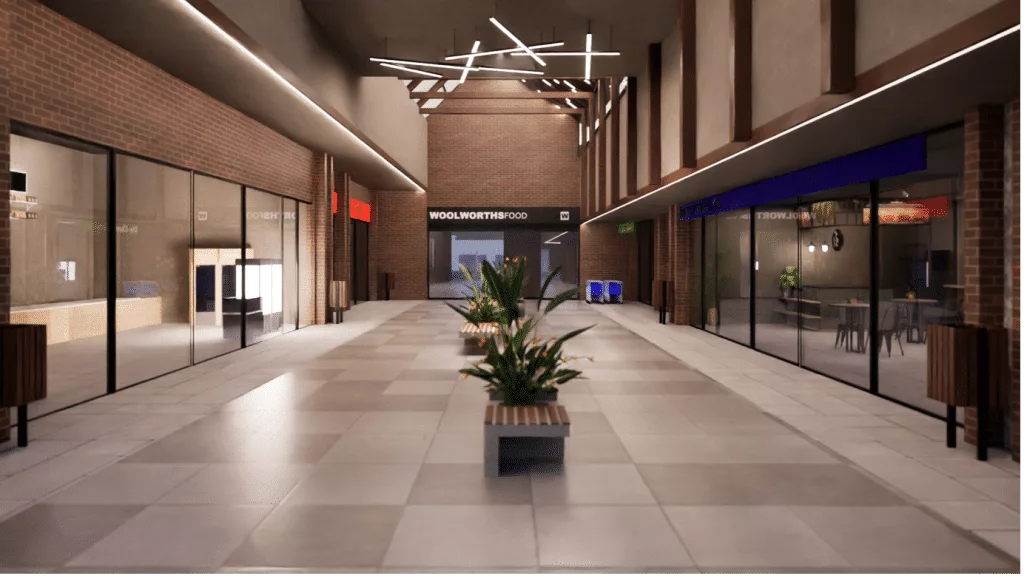
Reducing Costs and Time in Design Phases
One of the significant benefits of realistic architectural visualisation for developers is its ability to reduce costs and time in the design phases of a project.
By utilizing high quality 3D rendering in the early stages of the design process, developers can identify design flaws and make necessary changes before construction begins. This helps to avoid costly revisions during the construction phase, saving both time and resources.
Furthermore, Realistic architectural visualisation allows developers to explore different design options and variations without the need for physical prototypes or mock-ups. This significantly reduces the time required for design iterations and speeds up the decision-making process.
Additionally, by visualizing the design in a virtual environment, developers can efficiently communicate their ideas to contractors and suppliers, reducing the risk of misunderstandings and ensuring that the final product meets the client’s expectations.
Overall, the use of 3D architectural visualization optimizes the design phase of a project, leading to cost savings, time efficiency, and a smoother construction process.
Types of 3D Rendering Services for Property Development
There are various types of 3D rendering services available for property development projects. These services are provided by specialized visualization studios that offer expertise in creating realistic and immersive visualizations.
Some of the common types of 3D rendering services for property development include:
- Exterior and Landscape Visualization: Visualizing the exterior and surrounding landscape of the property, including lighting, materials, and landscaping elements.
- Interior Design Rendering: Showcasing the interior design of the property, including furniture, fixtures, and finishes.
- Walkthroughs and Virtual Tours: Creating interactive virtual tours that allow potential buyers to explore the property in a virtual environment.
These 3D rendering services help developers communicate their design concepts effectively and showcase the potential of the property to potential buyers and investors.
Exterior and Landscape Visualization
Exterior and landscape visualization is a crucial aspect of high quality 3D rendering services for property development. It involves creating realistic visualizations of the property’s exterior and its surrounding landscape.
These visualizations showcase the architectural design of the property, including the exterior finishes, materials, and lighting. They also incorporate the surrounding landscape elements, such as gardens, trees, and outdoor amenities.
Exterior and landscape visualizations allow developers to present the property in its intended context, helping potential buyers visualize how the property will fit into its surroundings. These visualizations also highlight the property’s unique features and selling points, creating a strong first impression and generating interest in the project.
By utilizing exterior and landscape visualization services, developers can effectively communicate the design concept and attract potential buyers and investors.

Interior Design Rendering
Interior design rendering is another essential aspect of 3D rendering services for property development. It involves creating realistic architectural visualizations of the property’s interior design, including furniture, fixtures, and finishes.
Interior design renderings allow developers to showcase the potential of the property’s interior spaces and highlight the unique design elements. These visualizations help potential buyers visualize themselves in the space and make informed decisions based on their preferences.
Interior design renderings are especially beneficial for interior designers, as they allow them to showcase their design concepts and demonstrate the functionality and aesthetics of the space.
By utilizing interior design rendering services, developers can effectively market the property to potential buyers and create a strong emotional connection through visually stunning and immersive interior visualizations.
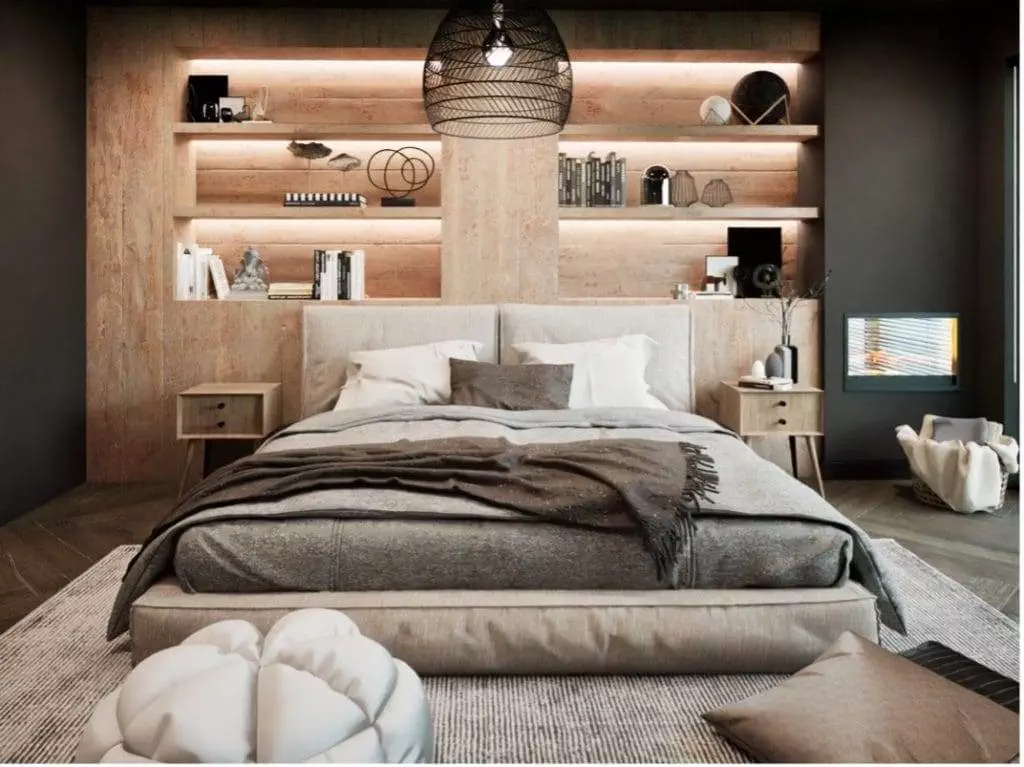

Walkthroughs and Virtual Tours for Pre-construction Projects
Walkthroughs and virtual tours are highly interactive and immersive 3D rendering services that provide potential buyers with a virtual experience of the property before it is constructed.
Walkthroughs allow users to navigate through the property virtually, exploring every room and area in detail. These interactive visualizations provide a realistic sense of the space, allowing potential buyers to visualize themselves in the property.
Virtual tours take the walkthrough experience a step further by incorporating additional interactive elements, such as hotspots and annotations. These features provide additional information about the property and allow users to interact with specific areas or features of interest.
Walkthroughs and virtual tours are particularly beneficial for pre-construction projects, as they allow developers to showcase the potential of the property and generate interest from potential buyers and investors.
The Process of Creating High-Quality 3D Renders
Creating high quality 3D renders requires a meticulous and detailed process to ensure accuracy and precision in the final visualizations.
The process typically involves the following steps:
- Concept Development: The developer works closely with the visualization studio to define the design concept and provide any necessary reference materials or specifications.
- 3D Modeling: The studio creates a 3D model of the property based on the provided concept, incorporating accurate measurements and architectural details.
- Material and Texture Mapping: The studio applies realistic materials and textures to the 3D model, ensuring that the visualizations accurately represent the desired finishes and materials.
- Lighting and Rendering: The studio sets up the lighting conditions and renders the 3D model to create high-quality and photorealistic visualizations.
- Post-Production: The studio enhances the visualizations through post-production techniques, such as color correction and image editing, to achieve the desired final look.
By following this process with precision and attention to detail, developers can achieve high-quality 3D renders that effectively communicate the design concept and capture the essence of the project.
Step-by-Step Guide from Concept to Final Render
Creating high-quality 3D renders involves a step-by-step process that starts from the initial concept and ends with the final render.
- Concept Development: The process begins with the developer providing the visualization studio with the design concept, including reference materials and specifications.
- 3D Modeling: The studio creates a 3D model of the property based on the provided concept, ensuring accuracy and attention to detail.
- Material and Texture Mapping: The studio applies realistic materials and textures to the 3D model, ensuring that the visualizations accurately represent the desired finishes and materials.
- Lighting and Rendering: The studio sets up the lighting conditions and renders the 3D model to create high-quality and photorealistic visualizations.
- Post-Production: The studio enhances the visualizations through post-production techniques, such as color correction and image editing, to achieve the desired final look.
By following this step-by-step guide, developers can work closely with the visualization studio to ensure that the final render accurately represents the design concept and showcases the potential of the property.
Choosing the Right Software and Tools
When it comes to creating high quality 3D renders, choosing the right software and tools is crucial. Property developers and 3D rendering companies rely on powerful software and hardware to achieve realistic and visually stunning results. The software used for 3D rendering should have advanced features and capabilities to handle complex architectural projects.
In addition to software, the hardware used, such as GPU (Graphics Processing Unit) and CPU (Central Processing Unit), also plays a significant role in the rendering process. A powerful GPU can accelerate rendering times and handle complex lighting and shading calculations. Similarly, a fast and efficient CPU is essential for smooth workflow and quick rendering.
By investing in the right software and tools, property developers can ensure that their 3D rendering projects are of the highest quality and meet their clients’ expectations.
Collaborating with a 3D Rendering Company: What to Expect
Collaborating with a 3D rendering company can be a game-changer for property developers. These companies have the expertise, resources, and technology to transform architectural concepts into realistic and immersive visualizations.
When collaborating with a 3D rendering company, property developers can expect a professional and streamlined process. The company will work closely with them to understand their vision, objectives, and project requirements. They will provide regular updates and seek feedback to ensure that the final renders meet expectations.
A 3D rendering company will utilize advanced software and tools to create high-quality renders that accurately represent the property development project. They will pay attention to details such as lighting, materials, and textures to bring the project to life.
By collaborating with a 3D rendering company, property developers can save time, gain a competitive edge, and impress investors and stakeholders with visually stunning renderings.
How 3D Renders Help Secure Investments and Stakeholder Approval
High quality 3D renders play a crucial role in securing investments and stakeholder approval for property development projects. These renders provide potential investors and stakeholders with a realistic visualization of the proposed project, helping them understand the vision and potential of the development.
Investors are more likely to invest in a project when they can visualize its potential and see the value it will bring. Stakeholders, such as local authorities and community members, can also gain a better understanding of the project through 3D renders, which can help in obtaining necessary approvals and support.
By showcasing the project through detailed and visually appealing 3D renders, property developers can increase their chances of securing investments and gaining stakeholder approval.
Making a Strong First Impression
First impressions are crucial in the real estate industry, and high-quality 3D renders can help property developers make a strong impact. When potential buyers or investors see realistic and immersive visualizations of a property, they are more likely to be impressed and interested in exploring further.
Real estate agents can leverage 3D renders to market properties effectively. These renders allow them to showcase the property’s potential, highlight its unique features, and create a compelling narrative that resonates with potential buyers.
By incorporating 3D renders into their marketing strategies, property developers and real estate agents can attract more attention, stand out from the competition, and increase their chances of making successful sales.
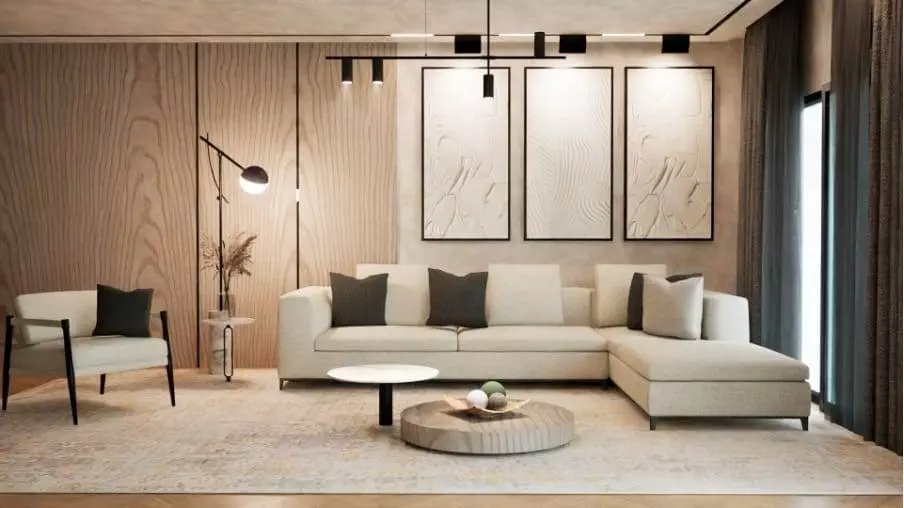
Detailed Presentations for Funding Rounds
When seeking funding for property development projects, detailed presentations are essential. 3D renders can play a crucial role in these presentations by providing investors with a clear and realistic visualization of the proposed project.
By incorporating detailed 3D renders into funding round presentations, property developers can effectively communicate the project’s potential, value, and return on investment. These renders allow investors to visualize the end result, understand the project’s scale and scope, and assess its feasibility.
Investors are more likely to be convinced and interested in funding a project when they can visualize its potential and see the attention to detail in the renders. Detailed presentations using 3D renders can help property developers secure the necessary funding to bring their projects to life.
Leveraging Renders in Marketing Strategies
3D renders can be a powerful tool for property developers to leverage in their marketing strategies. These renders allow developers to showcase their projects in a visually stunning and immersive way, capturing the attention of potential buyers and investors.
By incorporating 3D renders into marketing materials such as brochures, websites, and social media posts, property developers can create a strong visual impact and engage their target audience. These renders can showcase the architectural design, interior layouts, and even highlight unique features of the project.
Leveraging renders in marketing strategies helps property developers differentiate themselves from the competition, attract more attention, and generate interest in their projects. The realistic and visually appealing nature of 3D renders can evoke emotions and create a desire in potential buyers to explore the property further.
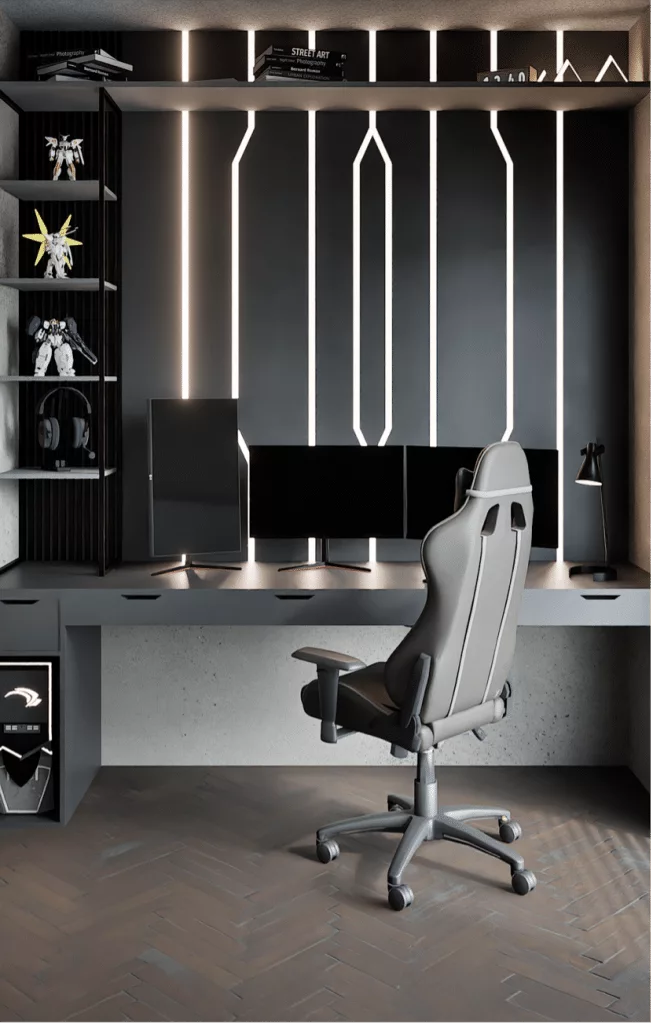
Have a look at some of our 3D Renders here and contact us to discuss your next 3D Rendering project.
